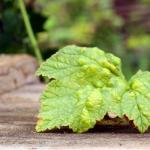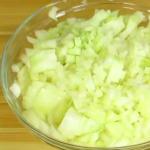
Raspberry beetle - the enemy of raspberries
The raspberry beetle is an insect that damages cultivated and wild raspberries. In addition to raspberries, these pests additionally feed on plums, cherries, gooseberries, currants, apple trees, peas, mountain ash, pear, blackberries and stone fruits.
Description
Raspberry beetles have an oval, elongated body shape. Coloration greyish black. Body length varies from 3.8 to 6.5 millimeters.
The abdomen and chest are covered with dense hairs of gray or rusty-yellow color. Antennae club-shaped, consisting of 11 segments.
The eggs have an elongated elliptical shape. The length of raspberry eggs does not exceed 1 millimeter. The color is white or yellowish.
The raspberry beetle larva is worm-like and has three thoracic legs. The color is yellowish or light brown. The body of the larva is covered with light sparse hairs. There are transverse brown spots on the body. The abdomen has two hook-shaped spines. The length of the larva reaches about 6.5 millimeters.
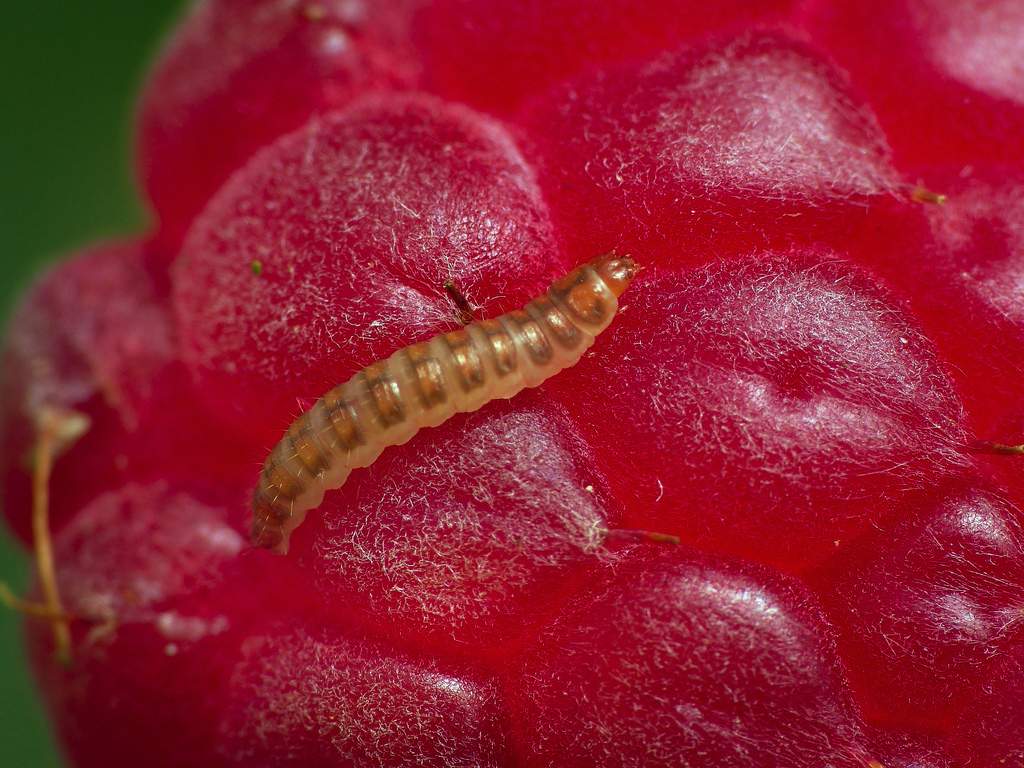
The pupa has a white color, its length reaches 4 millimeters.
Development of crimson beetles
In the spring, beetles appear on the surface. This happens when the soil warms up to about 13 degrees, that is, in April-May. At first, they intensively feed on the nectar of various crops, and later switch to raspberries.
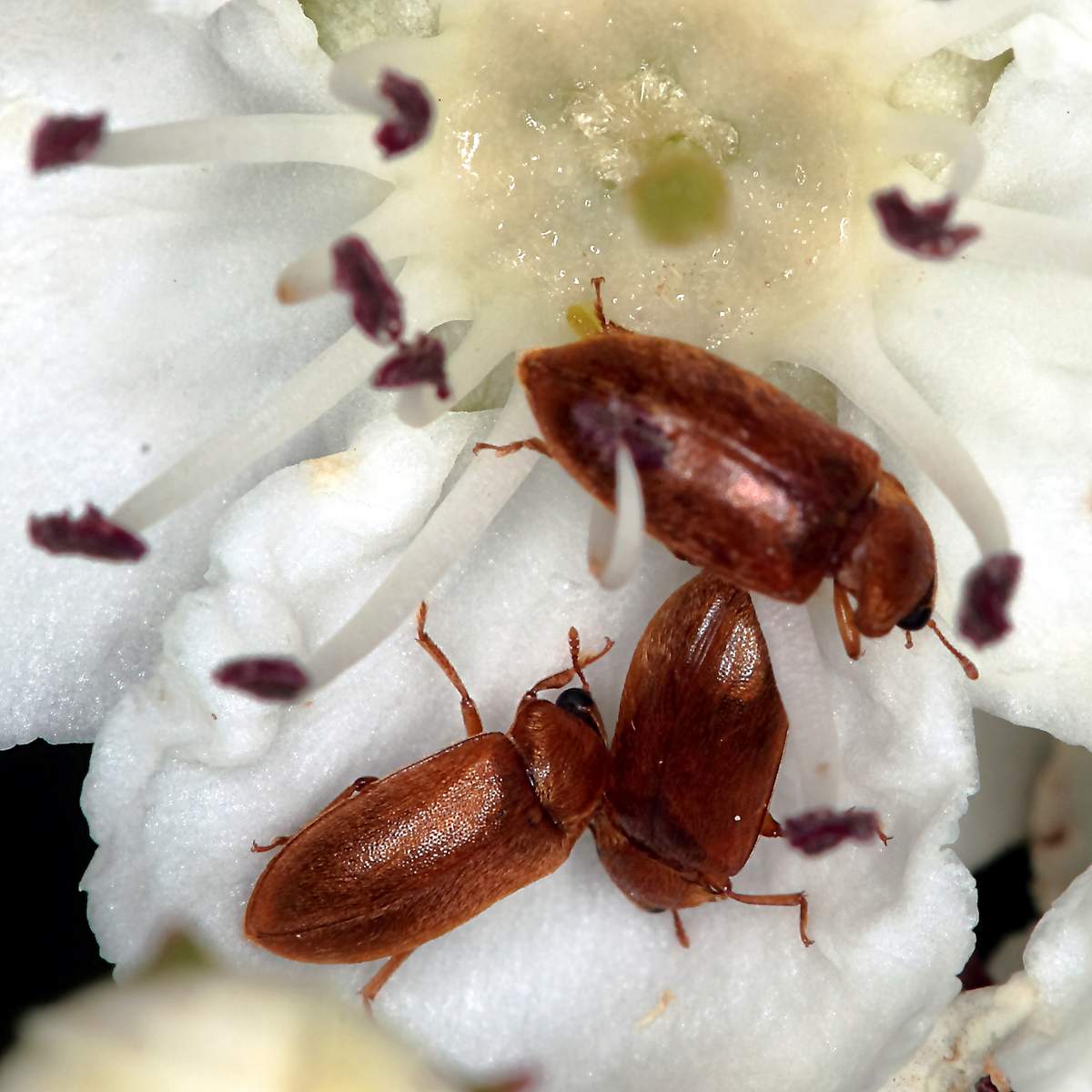
Raspberries sometimes begin to populate raspberries even before the buds are set. If the buds have not yet formed, raspberries eat young leaves, later they switch to buds. In buds, they gnaw out nectaries. Raspberries damage other parts of the flowers to a lesser extent.
After feeding, mating and oviposition occur. Females lay eggs in raspberry flowers and on young ovaries. The fecundity of one individual is about 40 eggs, females lay them one by one.

Eggs develop in about 10 days. The larva is born and remains on the green fruit for some time, after which it penetrates inside it and begins to eat the fleshy receptacle. The larva develops inside the raspberry for about 1.5 months. During this time, the fruits ripen. The formed larva leaves the fruit, falls to the soil, burrows about 20 centimeters and pupates in the cradle. Sometimes the larvae enter diapause, hibernate and turn into pupae only in the following August.
The pupa develops until August-September, then a young raspberry beetle appears. Raspberry remains in the soil and hibernates.
Geographic distribution of raspberry beetles
Raspberry beetles are distributed from Eastern to Western Europe, in Siberia and the Caucasus.
Harmfulness of raspberry beetles
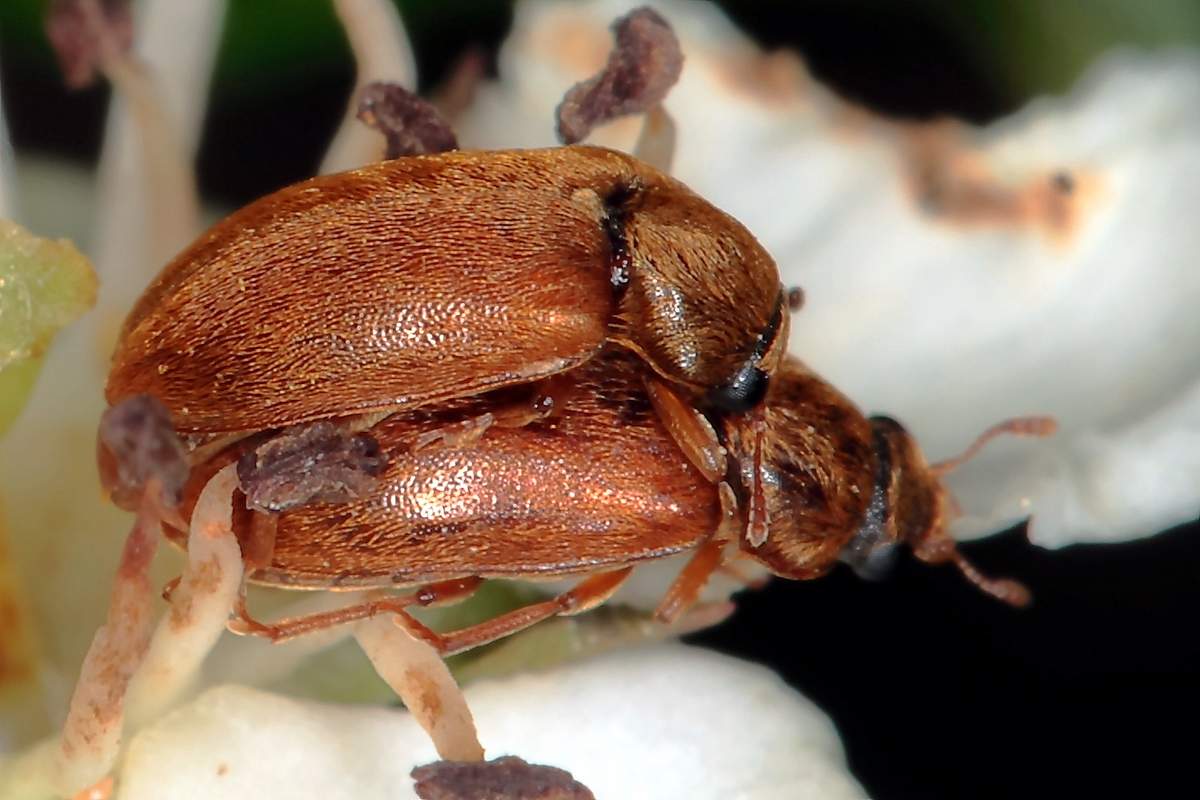
Additionally, raspberry beetles feed on various trees and shrubs. On pear, apple and quince, pests damage the inner parts of the flowers. On currants and gooseberries, raspberry beetles eat out buds.














